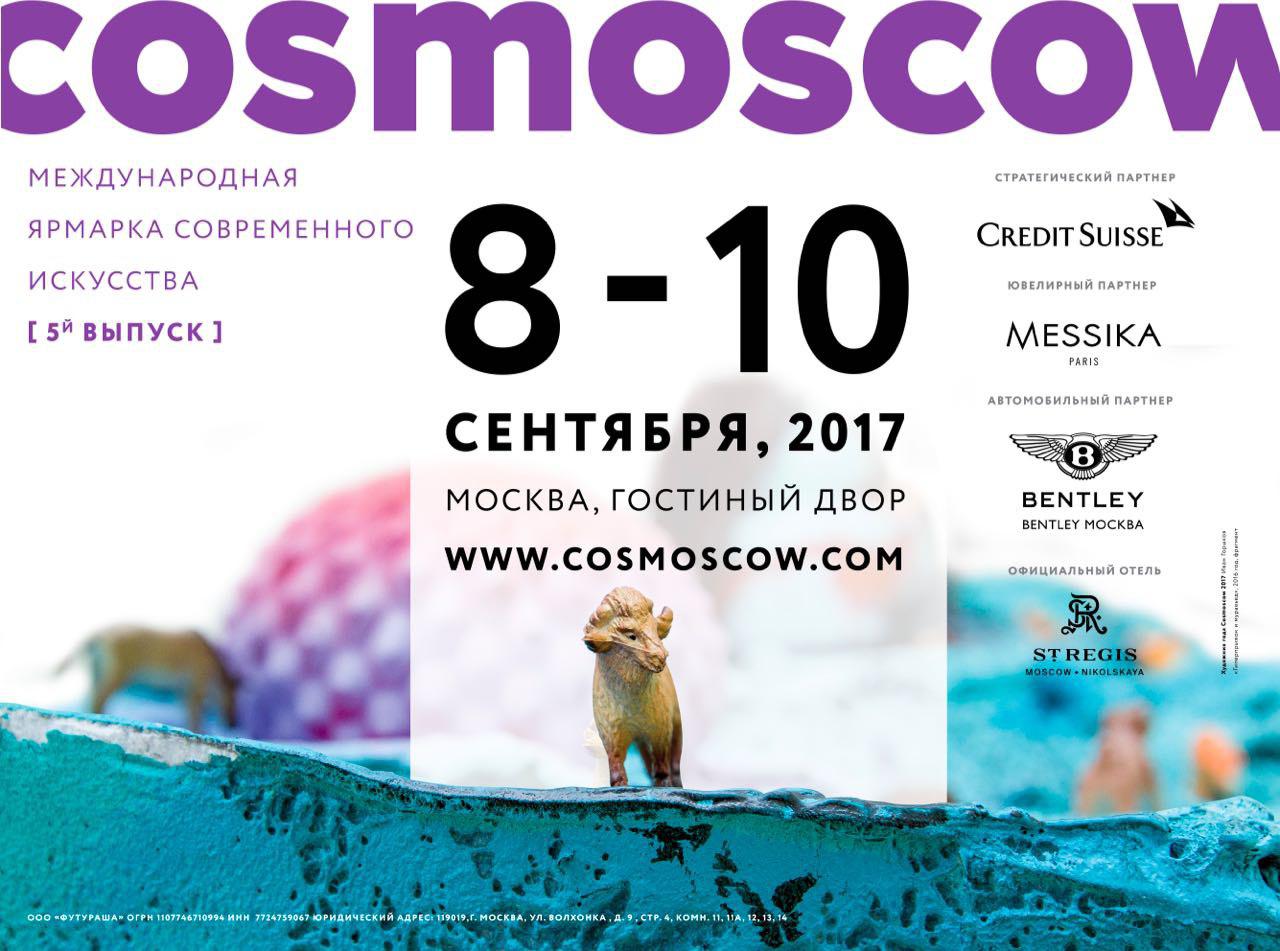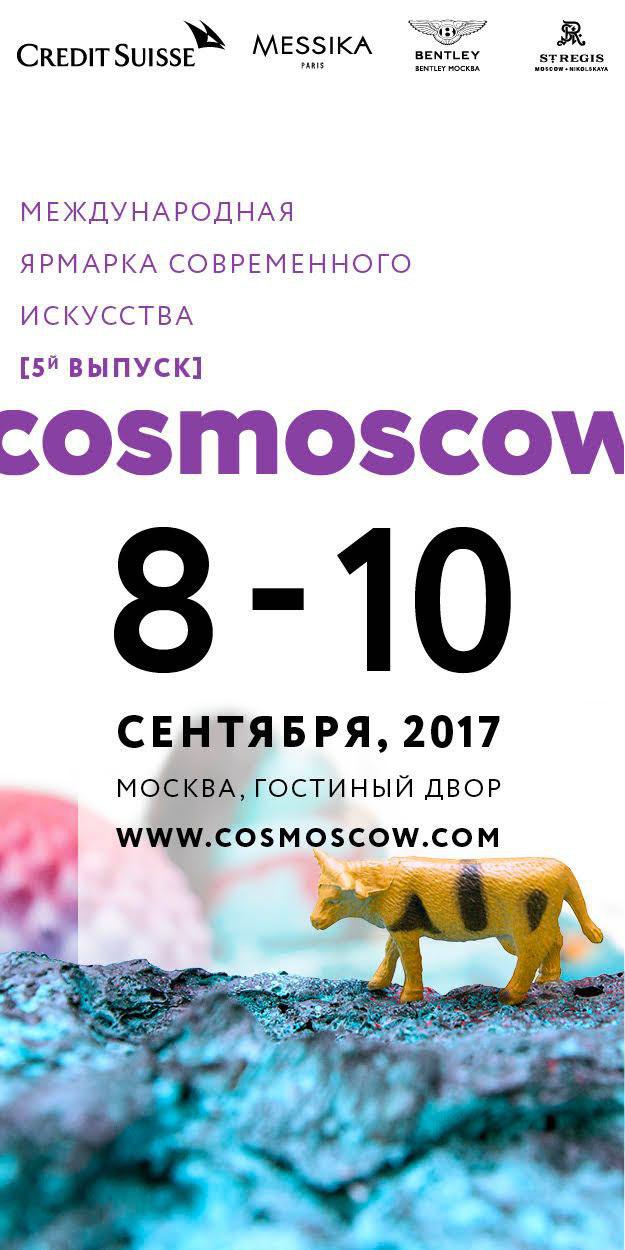The exhibition ‘Genius Loci’ tells of the two eras of cultural life on Ostozhenka Street and its neighboring Prechistenka and Volkhonka Streets.
The genius which determines the fate of this place, time and time again returns art to these streets. It introduces two time periods as milestones in the history of art and collectibles – the beginning of the 20th century and the 1960s, and illuminates the events, places and people that stood between them.
The local streets bear little resemblance to the past, though one thing does remain unchanged: the cultural density of the neighborhood. The cultural layer unwittingly transmits a powerful flow of information because information structures last much longer than a human life. The atmosphere and flavor of the past are still present in the names, reminding us of the settlements which have perished, the temples which have been demolished. Here, as before, there is no commercial bustle. Near the elite buildings are the Russian Academy of Art and the Moscow House of Photography, The Pushkin Museum and the Pushkin State Museum of Fine Arts, the Museum of Private Collections, antique shops and art galleries including the supermodern RuArts Gallery building.
At the beginning of the 20th century the area around Prechistenskaya occupied most of the city, from the Prechistenskay embankment and Ostozhenka to Arbat, from Znamenka and the Boulevard Ring to the Garden Ring. At the end of the 19th century, wealthy merchants moved here, many of them fond of art collecting. Viktor Vasnetsov designed a tower for the collector Ivan Tsvetkov on Prechistenskaya embankment and Sergei Malyutin designed a house in the Russian style for engineer Peter Pertsov, with rooms especially designed for workshop artists. Near Zachatievski alley, Ivan Morozov rebuilt an old manor to display paintings that had yet to be discovered by critics and public artists.
In the second half of the 20th century the artistic energy of the independent artists of the 1950s created a distinctive phenomenon – the Moscow avant-garde of the 1960s–70s or ‘the artists of the sixties’ that came into confrontation with the official art of the period. Dmitry Krasnopevtsev, Anatoly Zverev, Michael Odnoralov, and Mikhail Roginksy, all nonconformists or artists of the ‘second Russian avant-garde,’ worked in the bystreets of Ostozhenka. Many were satisfied with a basement workshop, a room in a commune or just a bed in a streetcleaner’s hovel. In those years their workshops were islands of living, unofficial art in Moscow and a new understanding of painting arose in them. The first ‘apartment exhibitions’ were organized and creative unions were formed.



